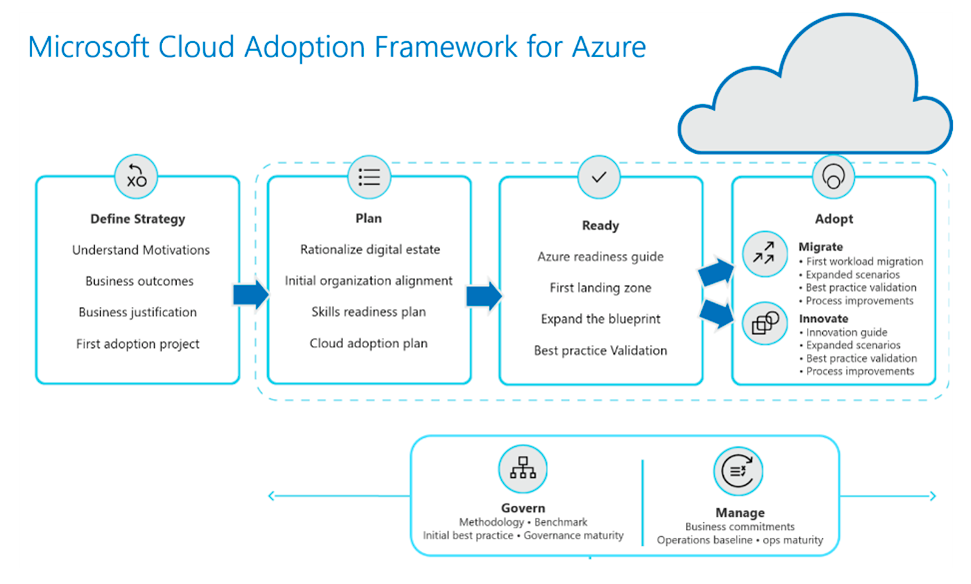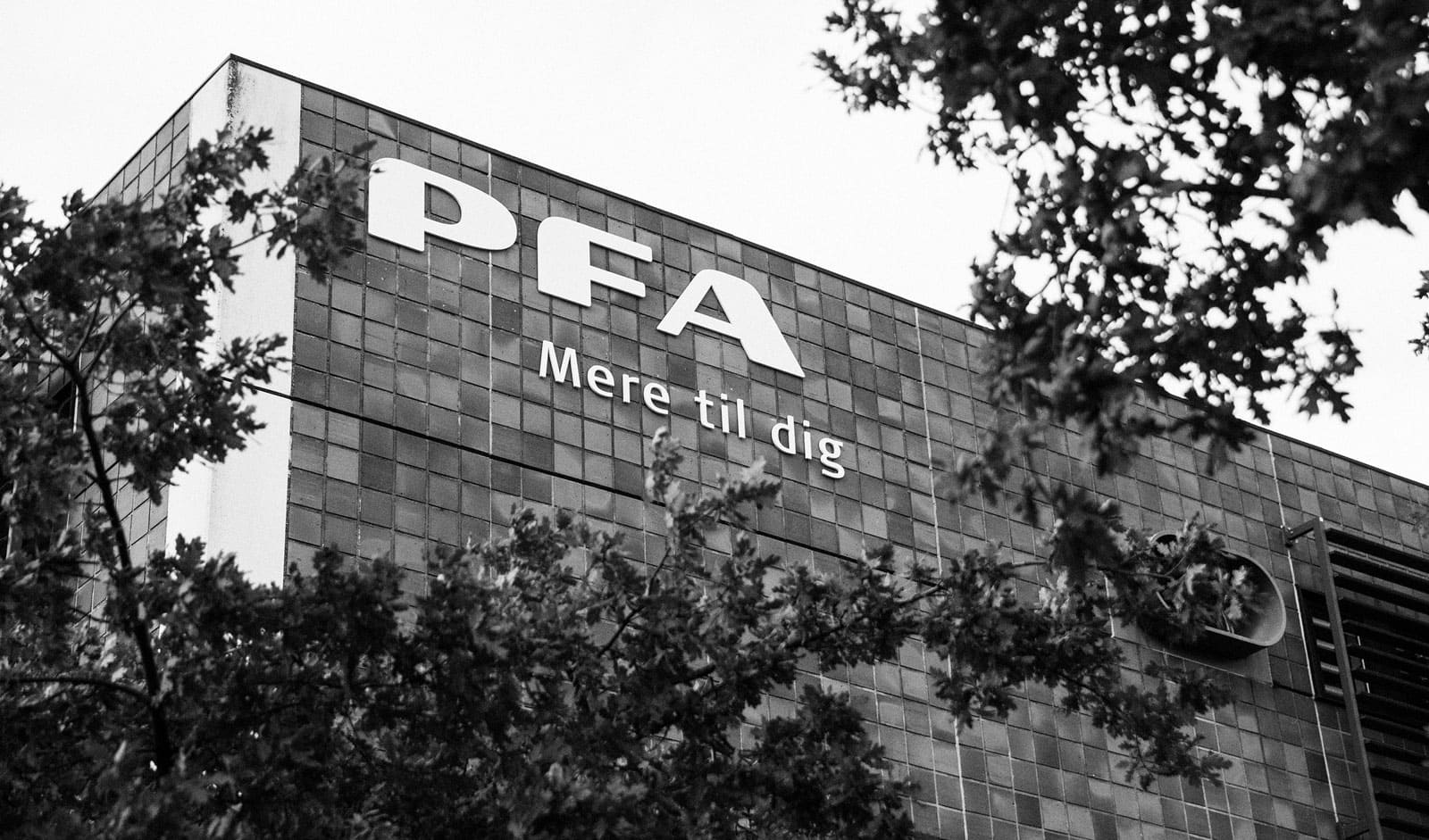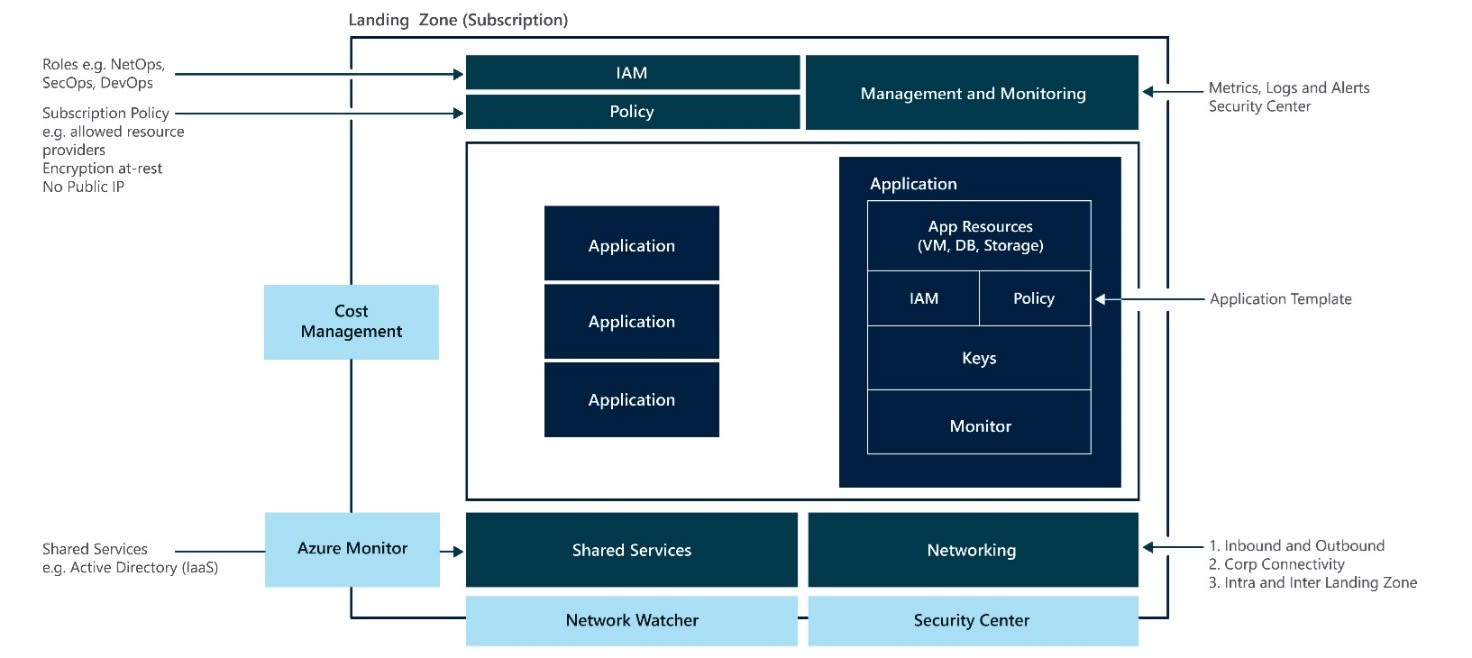When companies decide on the cloud, there are many factors to consider, and they are not just about technology and architecture. There are many additional aspects to consider, including cost, security, governance and compliance.
Cloud technologies offers many architecture and solution options, but unfortunately, it is time-consuming for IT departments to conduct costly R&D and enter into a proof-of-concept state. , This often goes against the business' need to accelerate time-to-value and the desire to see fast results or choose the MVP path (minimum viable product). Fortunately, Microsoft has addressed this challenge and launched the Cloud Adoption Framework (CAF), designed to help companies embark on their cloud journey in a speedy and structured way.



